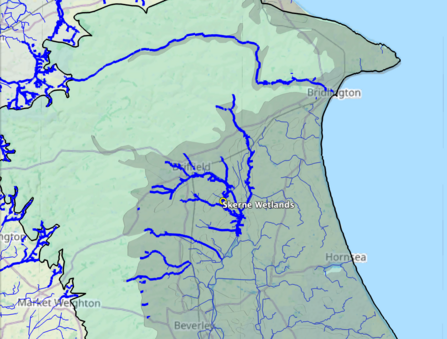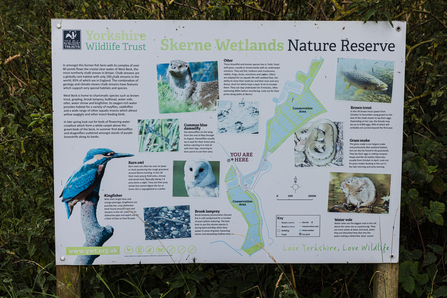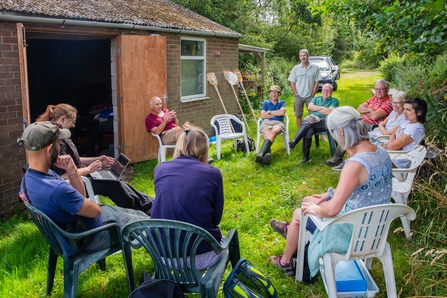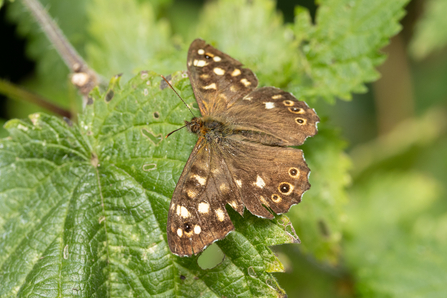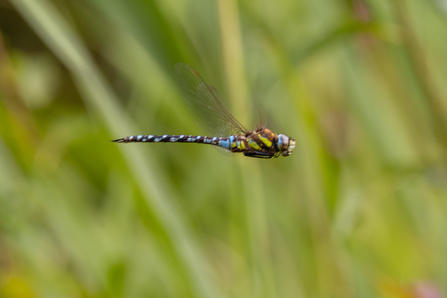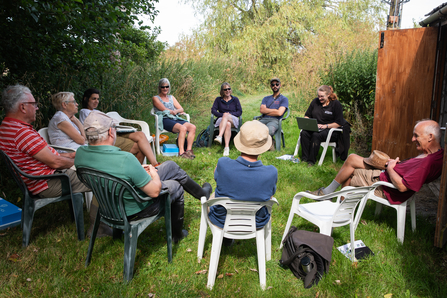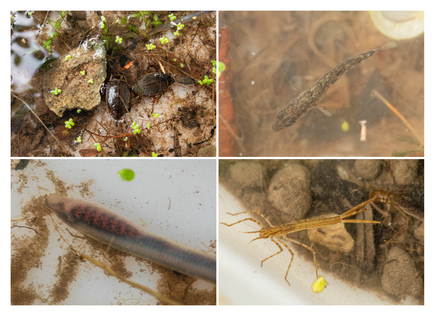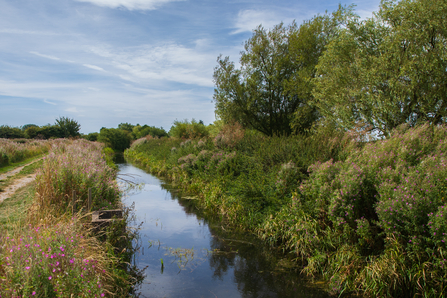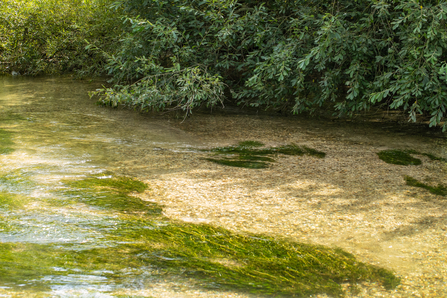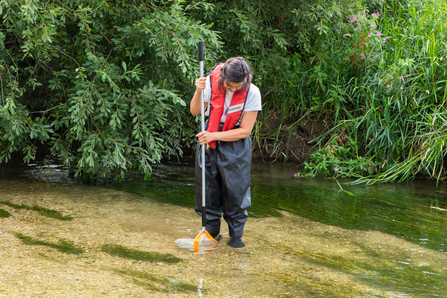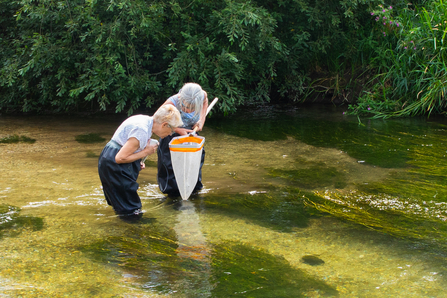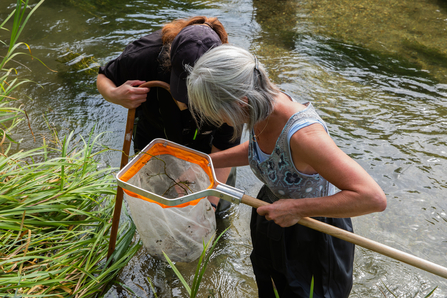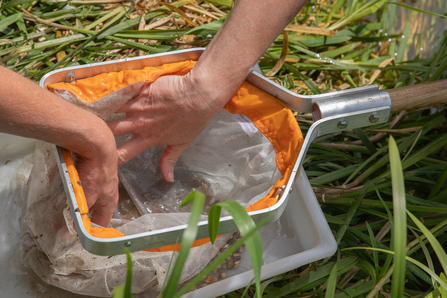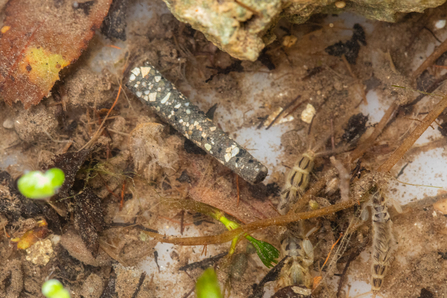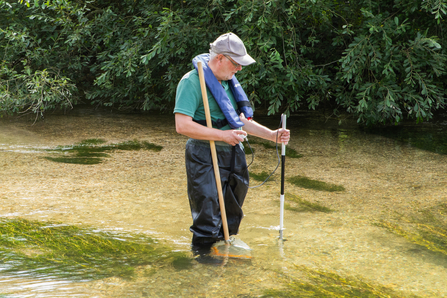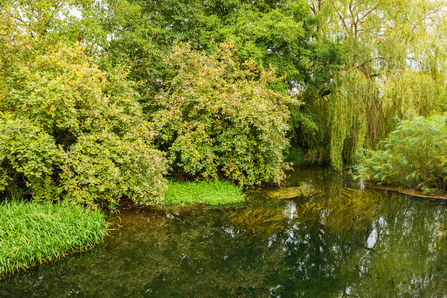When I wrote about the importance of the Chalk and its place in Yorkshire's natural landscape and ecosystems in a "Telling our Story" blog last year, I was conscious of having missed out one particular habitat type - the Chalk Stream.
What is a "Chalk Stream"? Quite simply it's a river fed by springs issuing from the Chalk - this is the rock that forms the low, rolling hills of the East Yorkshire Wolds. At their magnificent best, chalk streams are endowed with gin-clear, mineral-rich waters that support a rich community of plant and animal life. They owe their existence to a particular combination of geology and climate that is quintessentially English - our country is home to around 85% of the World's chalk streams. Such is their uniqueness and importance that they have been referred to as "England's Rain Forests".


